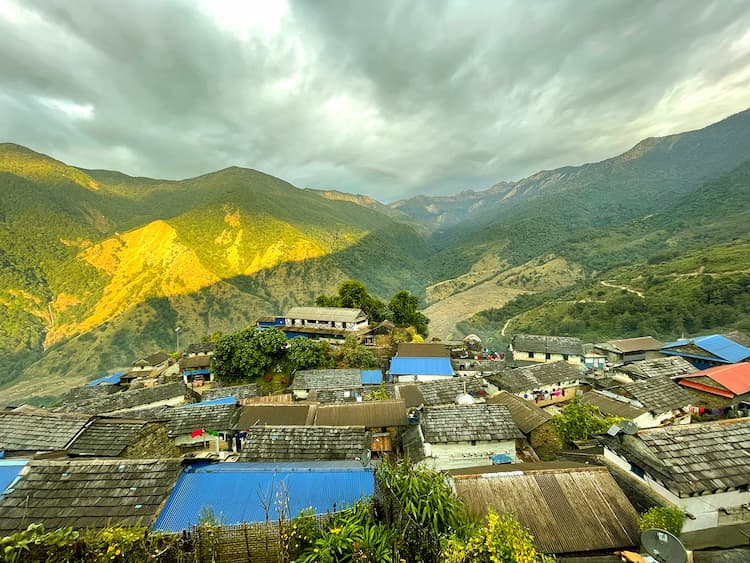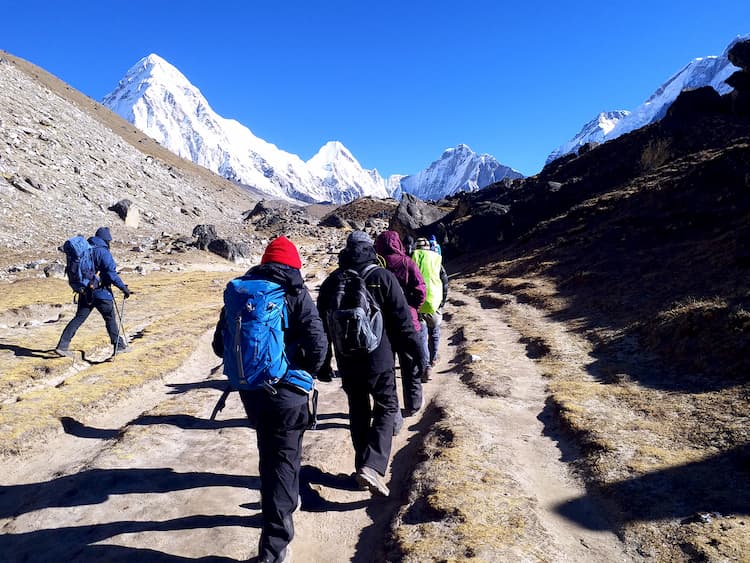Bhutan is naturally protected and beautiful landlocked country located in the Eastern Himalayas of the Great Himalayan stretches, sharing its borders with China to the north, India to the south. This country is well known for its natural beauty and happy people. With a population of over 727,145 and covering a territory of 38,394 square kilometers (14,824 sq mi), it ranks 133rd in terms of land area and 160th in terms of population and a territory of 38,394 square kilometres (14,824 sq mi) and ranks 133rd in land area and 160th in population.
The Himalayan mountains in the north of Bhutan rise from the subtropical plains in the south. Bhutan’s highest peak is Gangkhar Puensum, which remains unclimbed, making it the world’s highest unclimbed mountain. The wildlife in Bhutan is characterized by its diversity, including animals such as the Himalayan takin and golden langur. Thimphu, the capital and largest city, is home to about 1/7th of the country’s population. The northern part of Bhutan lies within the Great Himalayas; the snowcapped peaks in this region reach an elevation of more than 24,000 feet (7,300 metres). High valleys occur at elevations of 12,000 to 18,000 feet (3,700 to 5,500 metres), running down from the great northern glaciers.
During the summer months, yaks are grazed on the alpine pastures of the high ranges. The principal watershed between the northward- and the southward-flowing rivers is formed by several “marginal” mountains of the Plateau of Tibet located north of the Great Himalayas. The Great Himalayan region is characterized by a dry climate. The country’s Bhutanese name, which means “Land of the Thunder Dragon,” is derived from the violent storms that originate from the Himalayas. Landslides frequently occur during the rainy season. The population is composed of Ngalop (also known as Bhote) at 50%, ethnic Nepali at 35% (mostly Lhotshampas), and indigenous or migrant tribes at 15%.





